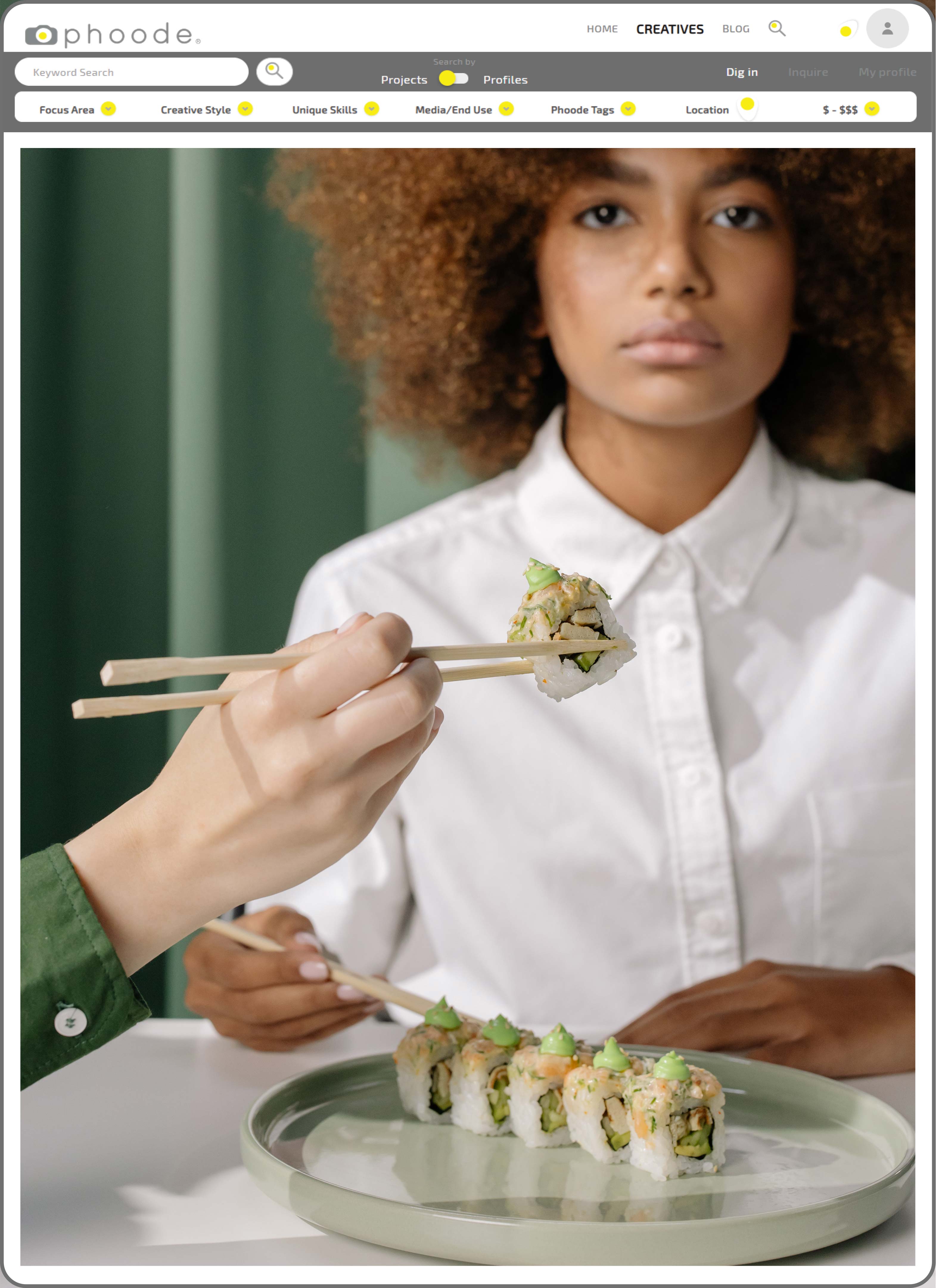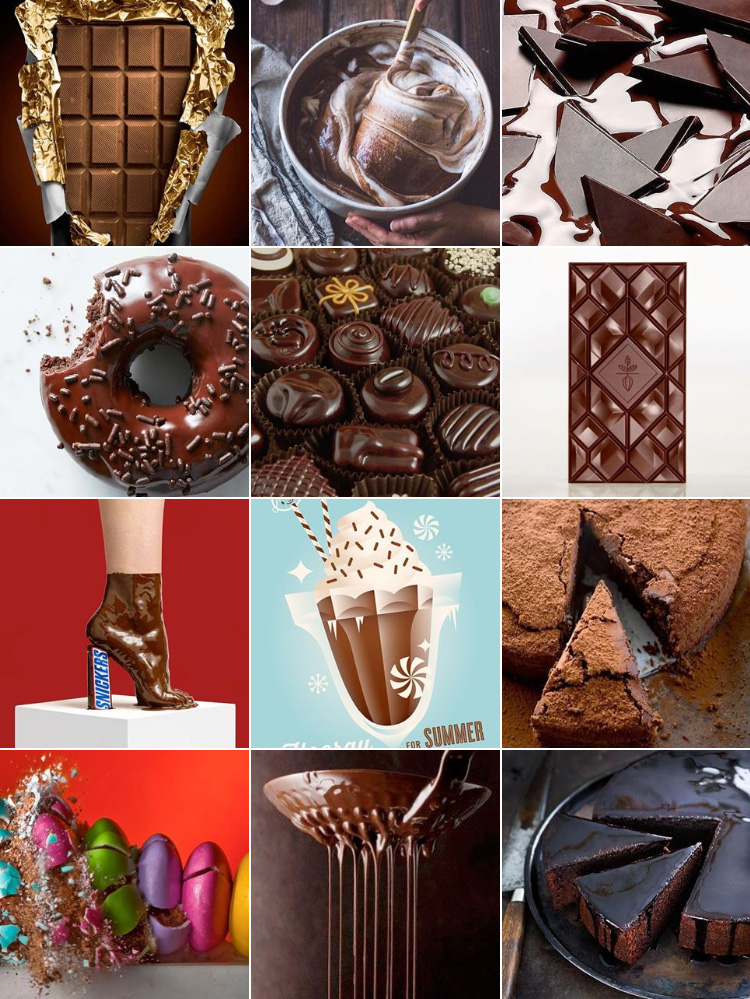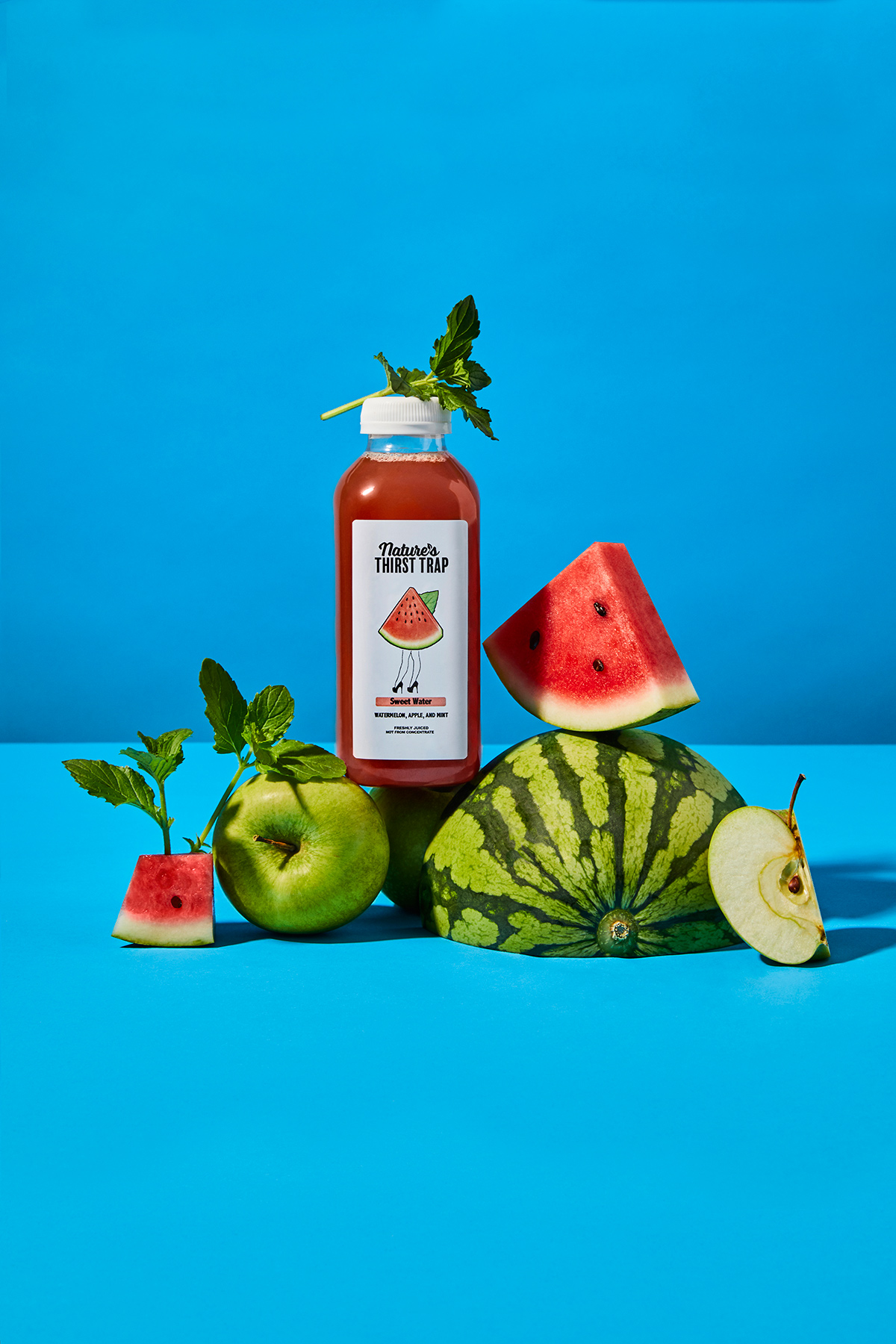The Hot Look of The “Steam Effect” in Food Photography
Steam effect [stiːm][ɪˈfɛkt] (n.) – A motion effect commonly used in food and beverage photography to represent heat and the freshly cooked aspect of a food dish or beverage. Heat is a defining attribute of a food product or beverage, meaning that the absence of a steam effect can greatly change the way the food is perceived. When the steam effect is used it looks like a food item just came out of the oven or was just cooked. Strobes/flashes used with high shutter speeds capture distinct shapes within the steam, whereas slow shutter speeds capture an indistinct overall blur of steam. One can see the steam effect frequently used in all forms of food photography.
Example: “The steam effect is the most vital part of our coffee brand’s advertising marketing and its emphasis on freshness. We really need to make our coffee shots look piping hot.”
What Does Steam Add to Food Photography?
Some foods and beverages absolutely do not look right without steam coming off of them. Simple as that. A cup of coffee, fajitas, stews, and soup are not just foods served warm, but foods served at elevated temperatures whose deliciousness is a function of their being fresh and hot. A steam effect may also be more relevant or necessary in food photography depending on the dish in which it is served. Some recipes are served still sizzling on flat cast-iron skillets with a wood underliner. In this case, the idea of steam seems more realistic and natural than if the sautéed vegetables sit upon a simple white plate. In addition, a cooking vessel/method itself may be used as a prop and include steam on its own.
How Food Photographers Craft The Look of Their Steam Effect
Steam is not only a special effect in food photography. It can be captured in the moments after a dish is cooked with relative ease, while it is still hot. The real reason this is not the preferred strategy of most commercial and advertising food photographers is because of an inherent lack of control and finite time windows. In order to have time to plate the food, style the food, fine tune the composition, and take enough shots to make sure you have the perfect shape of steam, an source of steam external to the food is necessary.
Any continuous source of steam (in addition to the food’s natural steam) could potentially be used in food photography to great effect. However, there are a couple of restrictive traits that make a few options more often used by food stylists. First, the steam effect must be continuous and somewhat controllable. Secondly, the ability to hide the source of the steam within or just outside of the camera’s viewfinder is preferred. And lastly, the quality of the steam itself is not the same with every source, making some chosen over others in certain situations.
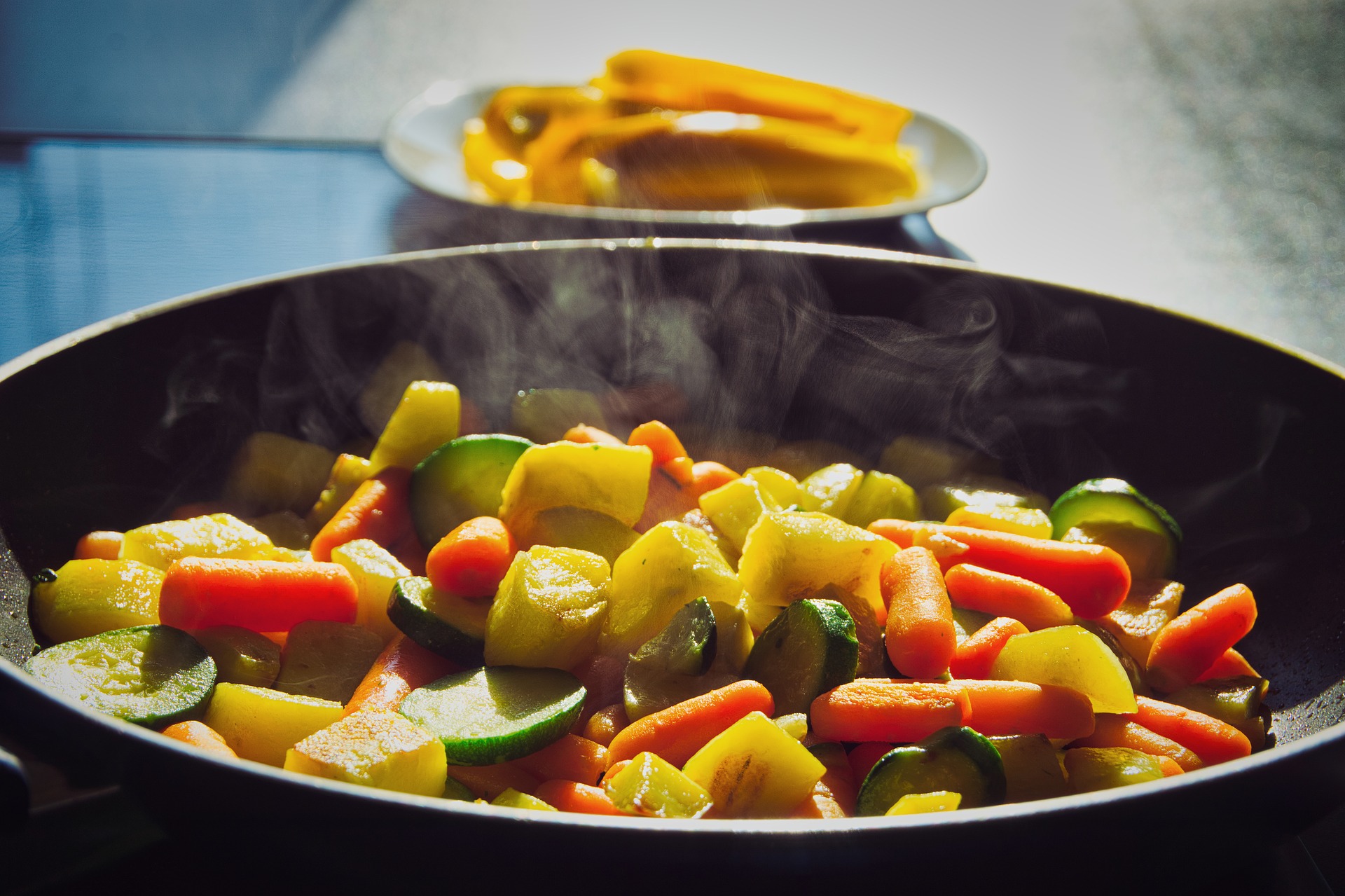
Incense is a great option, although it is not steam, but smoke, meaning it can look a little too dense if not dissipated a bit. A hand-held steamer with a power control is great as well, but it can quickly wilt garnishes and leave behind drops of humidity. Boiling water is the most natural, but it can be tricky to get enough steam for a larger dish or keep the water continuously hot. In short, each method has its pros and cons, with the key being creatively thinking about what suits the goals of the shoot, or thinking up new possible sources of steam to fit your needs. Some food stylists use microwaved tampons or cotton balls with boiling water to create a steam effect. These object are small enough to be hidden behind even small food object. Dry ice is another option, its big advantage is the same as it big disadvantage. It produces a lot of thick fog that can look a bit fake, but on the other hand this could be very useful in the case of large food objects or when being realistic isn’t so important.
A food photographer has to be very careful and use good judgement when it comes to using the steam effect in their food photography. It isn’t really appropriate on every occasion. Many otherwise great shots are often overloaded with the steam effect, emanating from food that often barely generates spectacular steam. I recently saw a nice dark shot of french fries on a wooden board that had the most obviously photoshopped smoky steam. It looked out of place, any serious client who orders food photography would find that look totally fake.
Note that steam usually is not present in excess, or at all, in food photography featuring cooked, branded food products. This is because it will distract from the products themselves. Also, you won’t see much steam on fast food advertising banners. More commonly, you will see it in food editorials, food magazines, and food blogs. Motion created by steam in food photography perfectly adds dynamic action to the food story.
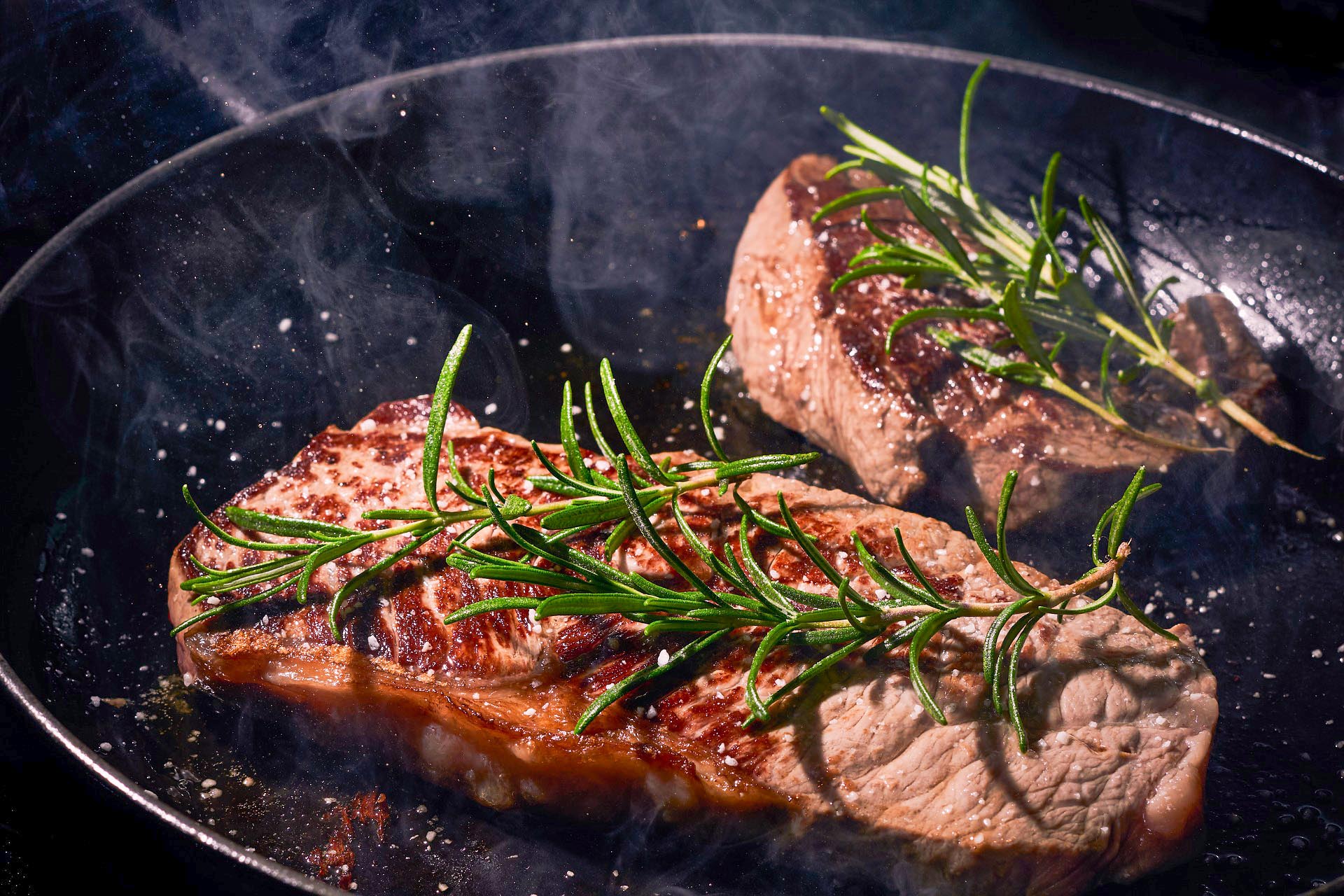
Technical Photographic Considerations For Capturing The Steam Effect
The biggest challenge with creating a steam effect is that steam itself is a nearly invisible substance in relatively quick motion. Therefore, two primary technical considerations are necessary. To start, a dark background defines steam, whereas the vapors will completely blend into a white background. Post-production can help define your steam effect against lighter backgrounds, but against a pure white background there is no hope.
Secondly, fast shutter speeds will provide crisp lines to your steam, usually the kind of effect photographers go for. With slow shutter speeds, not only will the steam be blurry, but also less pronounced. Studio strobes and portable flashes are essential to obtain the proper amount of light to accommodate these high shutter speeds. Also, powerful light is highly important, as water vapor is not as reflective as opaque surfaces.
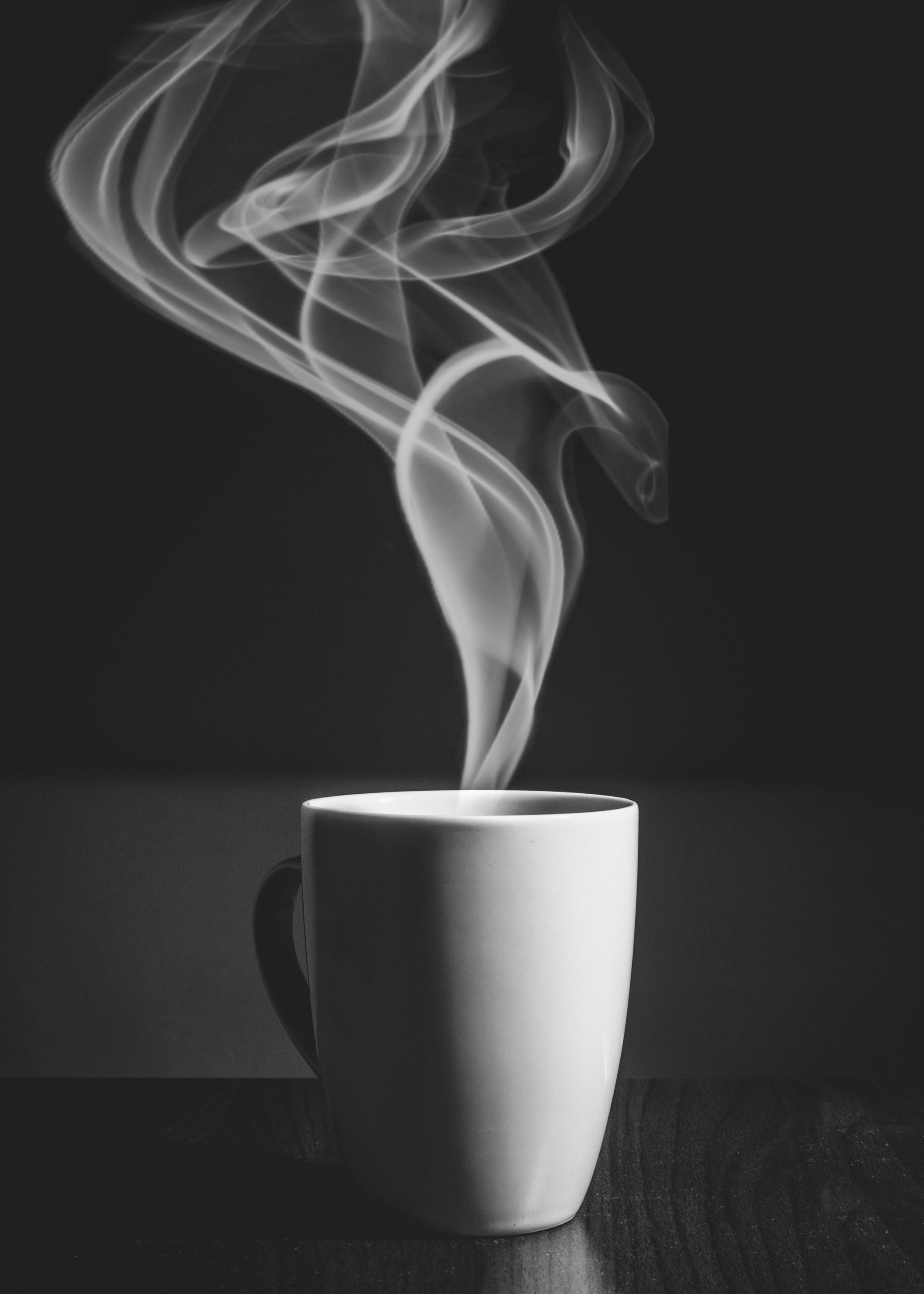
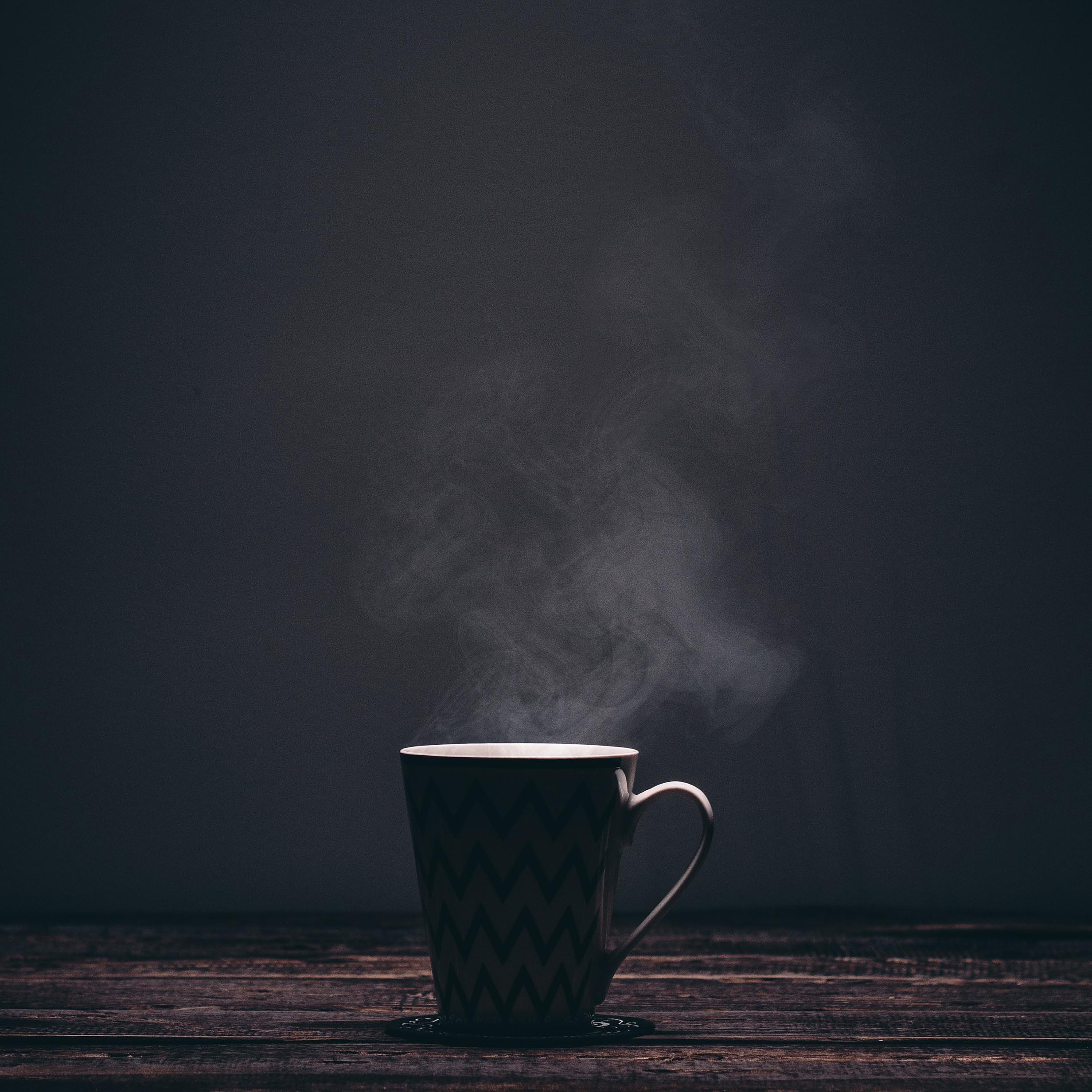
Photoshop is commonly used to add strands of steam to photos shot with a steam effect. However, it is also quite common for previously shot steam without a food item to be added in post-production to a food photograph that was shot without any kind of steam effect. As with any kind of visual effect, the possibilities and potential tricks of post-production are numerous. If you are just starting to try to harness this hard to capture gaseous material, definitely stick with a black background and try out as many different sources of steam as possible. They really do all give off their own slightly different quality of steam!
To request more dictionary definitions, write a comment below. Or, even better, join our creative crew and show off your own steam shots and get noticed!






